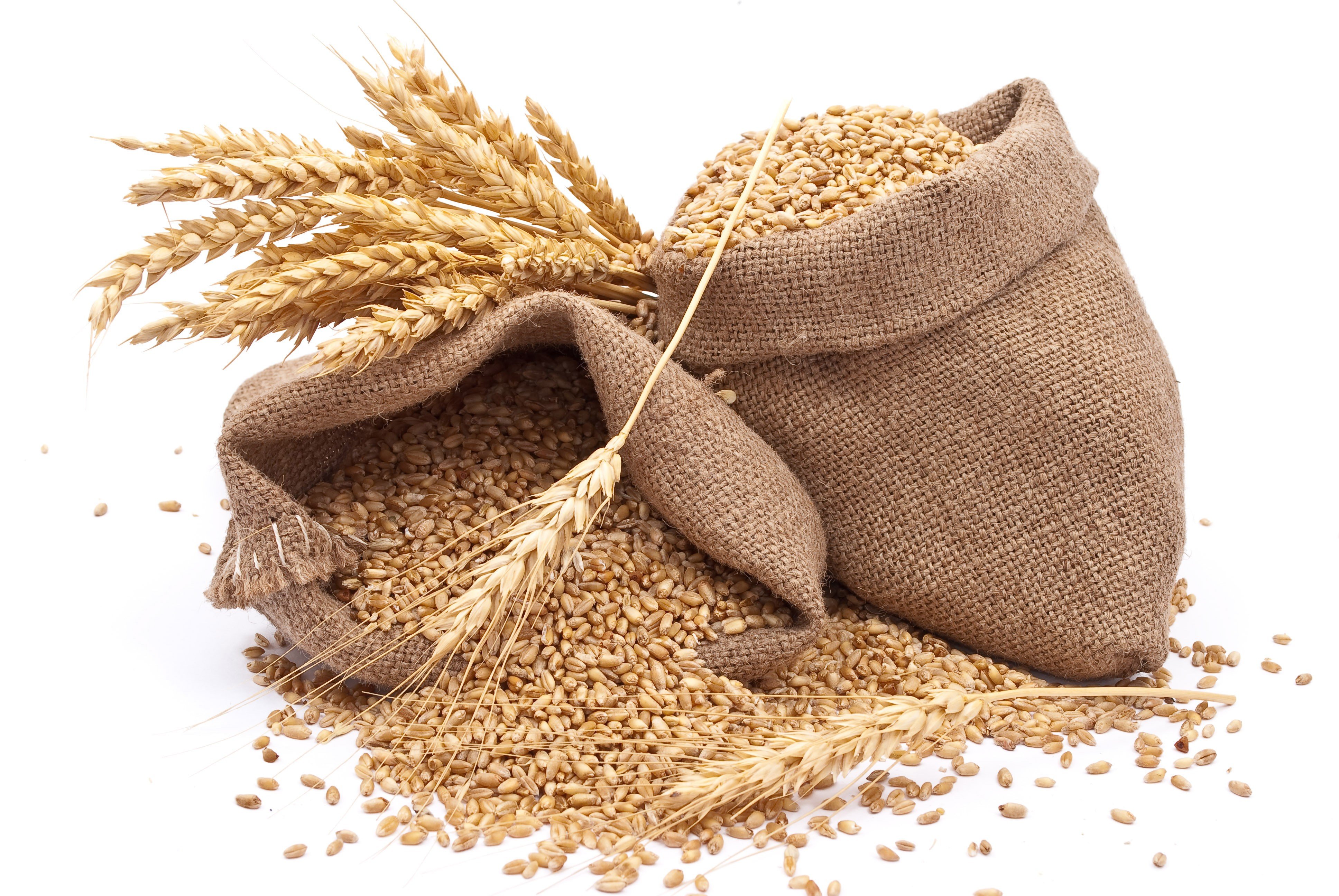Bread is a staple food that has been enjoyed for centuries, and the process of bread making has evolved over time. From ancient times to modern day, bread makers have changed the way we make bread and have become an essential kitchen appliance.
The earliest known evidence of bread making dates back to ancient Egypt, where bread was made from a mixture of grains and water and baked in a clay oven. In ancient Rome, bread was made with a variety of grains, including wheat, barley, and oats, and was baked in large communal ovens.
As time passed, bread making techniques continued to evolve. In the Middle Ages, the introduction of the gristmill made it possible to grind grains into flour more efficiently, which led to an increase in bread production. In the 19th century, the industrial revolution brought about significant changes in bread making, including the use of steam-powered mills and the development of mechanized baking ovens.
It wasn't until the late 20th century that bread makers as we know them today were invented. In 1986, the first automatic bread maker was introduced in Japan. This appliance made it possible to mix, knead, and bake bread all in one machine, taking the guesswork out of bread making and making it more accessible to home cooks.
Since then, bread makers have become increasingly popular and have evolved in terms of design and functionality. Today, bread makers come in a range of sizes and styles, and offer a variety of features, including multiple loaf sizes, timer functions, and the ability to make other types of dough, such as pizza dough and pasta dough.
In addition to making traditional white and whole wheat bread, bread makers can be used to make a variety of breads, including sourdough, gluten-free, and even vegan bread. With the push towards healthier, more natural ingredients, bread makers have become a popular choice for those looking to make their own bread at home.
Bread makers have not only changed the way we make bread, but they have also had a significant impact on the baking industry as a whole. With the ability to make bread at home, more and more people are opting for homemade bread over store-bought options, which has led to a rise in artisan bread making and a renewed interest in traditional bread-making techniques.
Overall, the history of bread makers is a fascinating one, and these appliances have come a long way since their invention in the late 20th century. Today, bread makers are an essential kitchen appliance for home cooks and bakers looking to create delicious, homemade bread with ease.
Regenerate response
